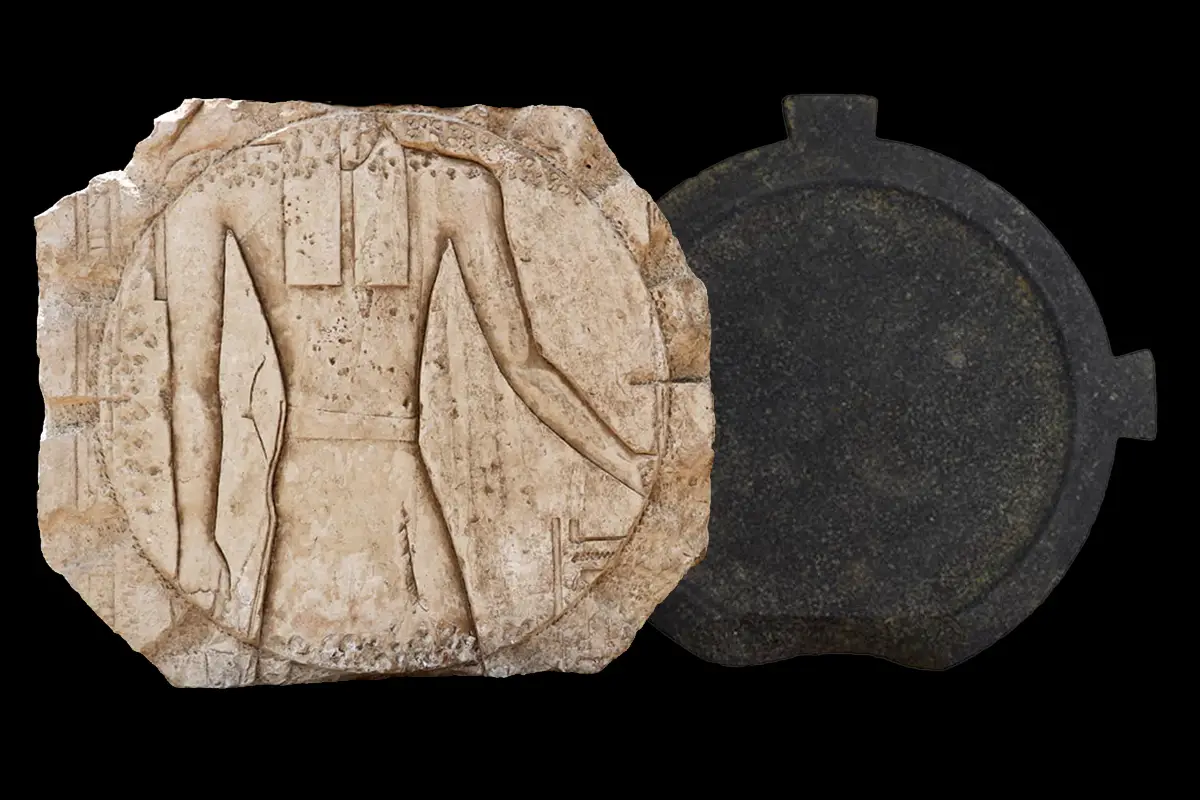Archaeologists have announced the discovery of an ancient astronomical observatory during excavations at the Tell El Fara’in archaeological site in Egypt’s Kafr El Sheikh governorate.
Tell El Fara’in is located between the Taly (Bolbitine) and Thermuthiac (Sebennytic) branches of the Nile, a few kilometres north of the east-west Butic River, along the southern shore of Butic Lake.
The city was a ceremonial centre in dedication to the goddess Wadjet, the matron and protector of Egypt.
Since 2017, archaeologists have been excavating the remains of the Buto temple, where recently they uncovered an ancient astronomical observatory from the 6th century BC.
According to a press statement by the Ministry of Tourism and Antiquities, the observatory is a mud brick construction which was used to observe and record the astronomical movements of celestial bodies.
Temple astrologers were particularly skilled in observing the stars, tracking the conjunctions and risings of the Sun, Moon, and planets, and monitoring the lunar phases. Astronomy also played a significant role in establishing the dates of religious festivals and determining the hours of the night.
The observatory features an L-shaped central hall constructed from mudbrick, resembling the pylon entrances of ancient Egyptian temples. It includes a stone platform adorned with engravings that depict the astronomical alignments of sunrise and sunset throughout the seasons.
Within the interior, archaeologists also found an inclined stone sundial (known as a shadow clock) which indicates time by using a light spot or shadow cast by the position of the Sun.
Ayman Ashmawy from the Ancient Egyptian Antiquities sector, said that the mission also uncovered several artefacts, including a statue from the 26th Dynasty, a merkhet measuring tool, and various religious items and pottery related to daily life and rituals.
According to the researchers, the observatory is the largest known example that provides new insights into the scientific and religious practices during antiquity.
Header Image Credit : Ministry of Tourism and Antiquities
Sources : Ministry of Tourism and Antiquities





